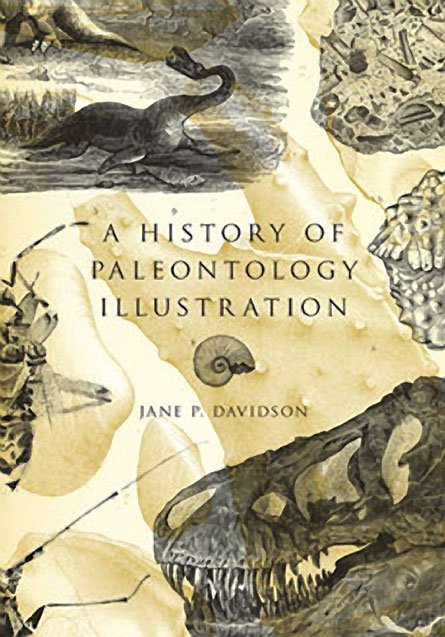Book Review: A History of Paleontology Illustration by Jane P. Davidson
Review by Sid Perkins
The first artist to depict a fossil didn’t even realize he was doing so: The “tongue stones,” actually fossilized shark teeth, were natural curiosities thought by many in the 15th century to offer protection against illness and snakebite.

Although artists have been creating pictures of fossils for more than 500 years, Davidson’s book is the first to comprehensively tackle the topic of how those remains have been portrayed through the ages. This richly illustrated volume follows the development of paleontological art from ancient woodcuts, etchings and paintings to modern photography and 3-D digital renderings.
Throughout its history, paleontological art has been suffused with a desire for visual realism and a careful attention to detail, the author argues. These characteristics lend the illustrations an aesthetic all their own, whether showing the fossils, the organisms or the environments in which the organisms lived.
Paleontological artists use illustrations not only to transmit detailed information among researchers but also to arouse interest and spread information among the public: What schoolchild doesn’t get a thrill out of the latest sketch of Tyrannosaurus rex?
While the book focuses on scientific illustrations, it also describes significant works of art seen in popular venues such as museums and other public displays. In many instances, discussions of images include historical significance as well as biographical details of the artists and their times.
The scientific revolution that has recently transformed dinosaurs from lumbering, slow-witted reptiles to agile creatures has influenced depictions in print and art, as well as those in movies such as Jurassic Park and television series such as BBC’s Walking with Dinosaurs.